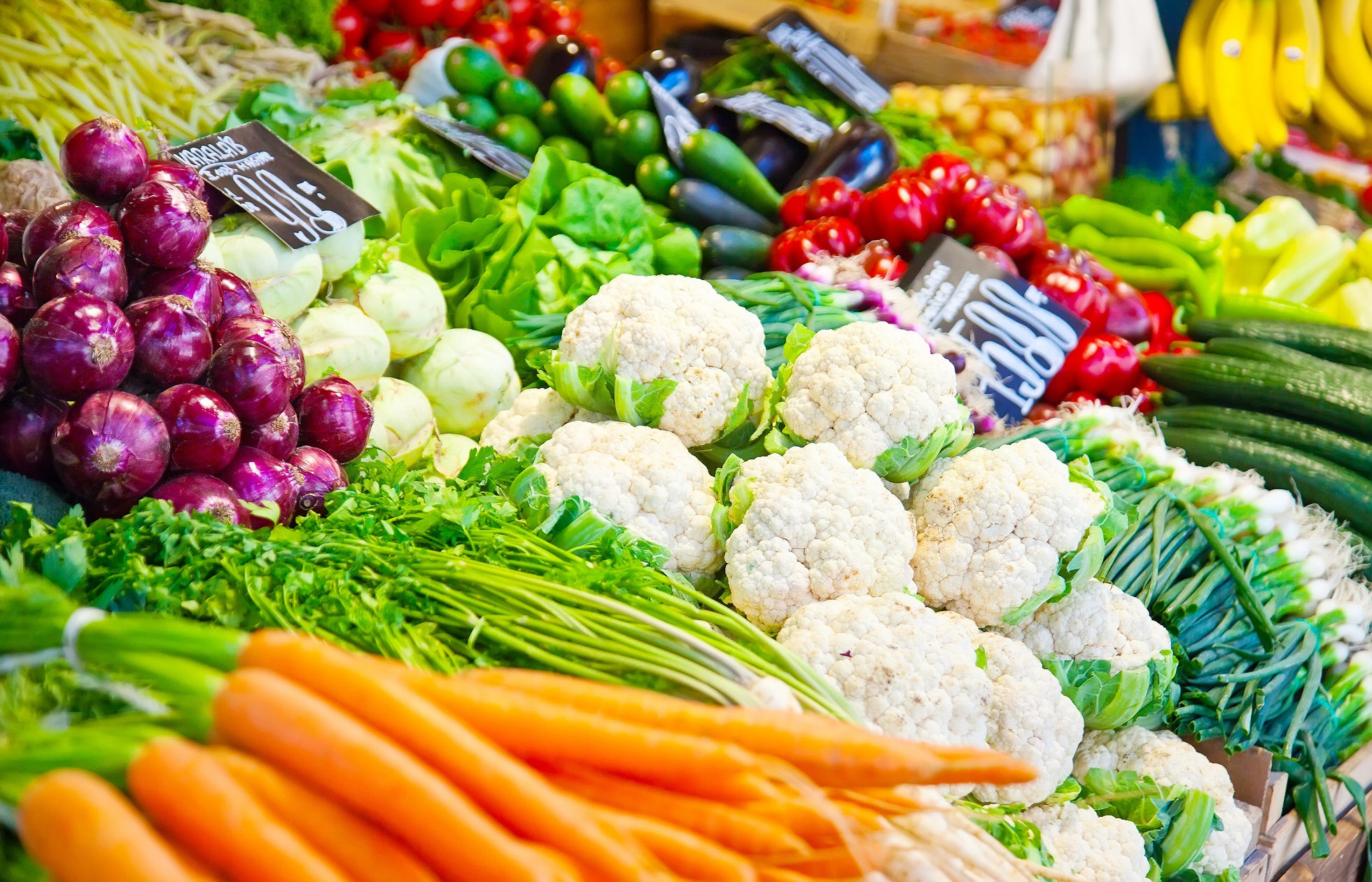
Managing worker fatigue
4 March 2020
Understanding brown etch of pumpkins
4 March 2020According to the latest data from Global Trade Atlas, the value of fresh Australian vegetable exports increased once again in 2019. This continues the recent trend of the rising value of vegetable exports that is ensuring the vegetable industry is well-placed to meet its goal of 40 per cent growth to AUD$315 million in fresh vegetable exports by the end of this year. AUSVEG International Trade Manager Sam Turner reports.
Data from Global Trade Atlas and Trade Map indicates that Australian vegetable exports have increased again in 2019. Export data for the calendar year indicates that export value has increased by 6.6 per cent to $299 million and tonnage growth of 5.4 per cent to 230,890 tonnes (Figure 1).
Figure 1: Total Australian Vegetable Exports
The industry is well on its way to achieving its goal of a 40 per cent increase from 2015 in exports to $315 million by the end of 2020. The top five markets for Australian fresh vegetables remained largely stable for 2019. These are Singapore, United Arab Emirates, Japan, Malaysia and Saudi Arabia, which has replaced Hong Kong in fifth position. These five markets receive around 53 per cent of Australian fresh vegetable export volumes. The top export products for the period were carrots, onions, potatoes, asparagus, and brassicas with carrots representing 32 per cent of exported product value (see Figure 2).
Export focus: Onions
Onions delivered the greatest growth during 2019, increasing in value 67 per cent from 2018 ($23 million to $39 million) on the back of increased demand from European markets. The volume of onion exports also increased by 41 per cent, driven by a 57% increase in Tasmanian exports to 23,047 tonnes, Western Australian exports increasing 31% to 10,609 tonnes and South Australian exports increasing 27% to 10,315 tonnes (see Table 1).
Much of this growth was driven by increasing exports from Tasmania to Europe with Belgium, France, Germany and the United Kingdom receiving large quantities of Tasmanian onions (see Table 2).
Despite challenging trading and production conditions in 2019, the continued growth in export markets can be partially attributed to an increasingly sophisticated trading network of growers and continued industry investment into export capability building and market development activities.
Project update
The Vegetable Export Development Program is a strategic levy investment under the Hort Innovation Vegetable Fund. Implemented by AUSVEG, the program continues to deliver a range of activities for export-oriented growers. The current investment is three years into a fouryear program. Over this time, the project has delivered:
- Export training workshops to over 80 growers.
- Three reverse trade missions that have brought over 120 international buyers to connect directly with growers and showcase local production capabilities.
- Participation in 13 trade exhibitions, showcasing Australian produce to the world.
- Ten market access applications to increase the number of available markets for Australian vegetables exports.
There are multiple opportunities for growers of all levels of interest and capability in exporting to get involved in the Vegetable Export Development Program. These range from training and development to buyer interactions over the course of the year. Some key events for growers to look out for include:
- Training workshops around the country, incorporating topics such as cultural business training, export readiness and fresh produce business development.
- Opportunities to represent industry at a number of international trade shows, including Gulfood in Dubai; Foodex in Tokyo; Thaifex in Bangkok; and Asia Fruit Logistica in Singapore.
- Industry export communications and market intelligence.
- Information sheets on relevant topics.
Find out more
Any growers interested in any export events or discussing export opportunities can contact the AUSVEG Export Development team on 03 9882 0277 or export@ausveg.com.au.
This project has been funded by Hort Innovation using the vegetable research and development levy and contributions from the Australian Government.
Project Number: VG16061





